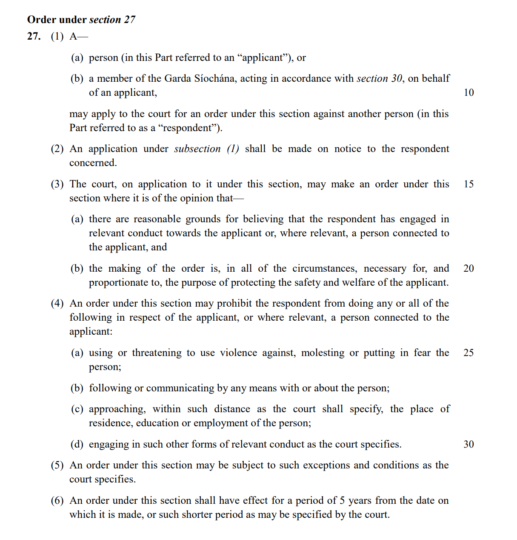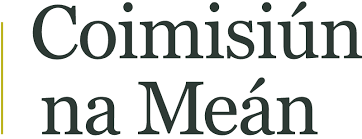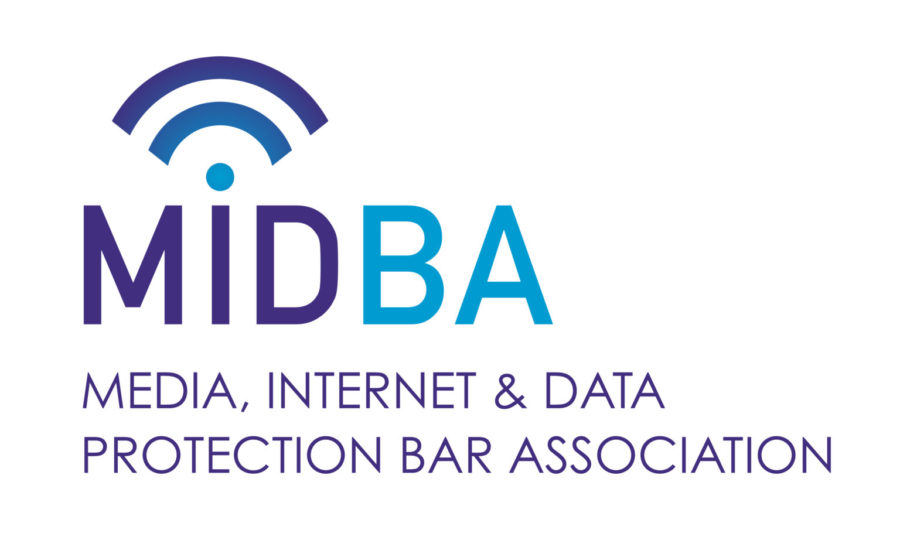
The Criminal Justice (Miscellaneous Provisions) Bill 2022 and the Online Safety & Media Regulation Act 2022 seek to introduce increased protections for citizens.
Eithne Reid O’Doherty BL outlines the innovations of the Bill in respect of stalking, the possibility of speedier access to restraining orders as well as take-down orders.
Overview
On 29th March 2023 the Bill passed the Report Stage and is now before the Seanad. The Part 5 provisions thereof provide for restraining orders, without the requirement of a finding of guilt. Currently a restraining order can be granted only after a finding of guilt or after the matter has been heard, which can take anything up to four years in some Circuits.
The Online Safety and Media Regulation Act 2022 at section 45 provides for a new Part 8A, amending the Principal Act, to provides for online safety. Section 139T(1)(c) provides that the Media Commission may serve a notice under section 139ZZD(1) on a relevant platform to take down content, the subject of a complaint.
Sections 1-31 of the Act only, have been commenced as of 15th March 2023 under the Online Safety and Media Regulation Act 2022 (Commencement) Order 2023 (S.I. No. 71 of 2023).
A Restraining Order

The key provisions that apply, at Part 5, Section 27(3) are
PART 5, Section 27(3) of the Bill provides “The court, on application to it under this section, may make an order under this section where it is of the opinion that—
(a) there are reasonable grounds for believing that the respondent has engaged in relevant conduct towards the applicant or, where relevant, a person connected to the applicant, and (b) the making of the order is, in all of the circumstances, necessary for, and proportionate to, the purpose of protecting the safety and welfare of the applicant.
(4) An order under this section may prohibit the respondent from doing any or all of the following in respect of the applicant, or where relevant, a person connected to the applicant:
(a) using or threatening to use violence against, molesting or putting in fear the person;
(b) following or communicating by any means with or about the person;
(c) approaching, within such distance as the court shall specify, the place of residence, education or employment of the person;
(d) engaging in such other forms of relevant conduct as the court specifies.”

A Restraining Order for Stalking and Harassment?
Section 23 of the Bill provides that the same impugned conduct applies for both stalking and harassment and is set out in the new section 10(3) of the Non-Fatal Offences Against the Person Act 1997,
It is the effect of the impugned conduct on the complainant/applicant which differentiates the offences.
Arguably the effect required for harassment is higher than that for stalking, in that actual harm is included for harassment and not for stalking.
“Harm” defined in the Non-Fatal Offences Against the Person Act 1997
Harm is defined in the Non-Fatal Offences against the Person Act 1997 as: ““harm” means harm to body or mind and includes pain and unconsciousness”.
Section 25 of the Bill provides for certification of “harm” by a registered medical practitioner to include the effect of the harm.
Currently psychological harm is not specifically included in the Bill or in the Non-fatal Offences against the Person Act 1997, nor is psychological violence. Because alarm and distress, which are legislatively provided for, are not readily measurable, it would seem, in practice, that “harm” could be the criterion used to measure harassment and“violence” used or the “threat of violence” used to measure stalking.
Harassment
The proposed section 10(1) offence of harassment occurs when “the person, without lawful authority or reasonable excuse, persistently, by his or her acts, intentionally or recklessly causes another, at the time when the acts occur or when the other becomes aware of them— (i) seriously interferes with another’s peace and privacy, or (ii) causes alarm, distress or harm to the other.”
The test is objective in that “the person’s acts are such that a reasonable person would realise that the acts” would cause the effect at (i) or (ii) above. The maximum penalty on indictment is ten years imprisonment.
Stalking
The proposed section 10(2) offence of stalking occurs when “the person, without lawful authority or reasonable excuse, by his or her acts, intentionally or recklessly causes another, at the time when the acts occur or when the other becomes aware of them— (i) to fear that violence will be used against him or her or another person connected to him or her (ii) serious alarm or distress that has a substantial adverse impact on his or her usual day-to-day activities.”
There is no “harm” or “persistently” criteria as is required for harassment. The test is also objective. The maximum penalty on indictment is also ten years imprisonment.
The Standard of Proof for a Restraining Order
The Court, for a PART 5- section 25 restraining order, must be satisfied that the “relevant conduct” occurred and that the order is “necessary for, and proportionate to, the purpose of protecting the safety and welfare of the applicant.”
The “relevant conduct” at section 26(2) “means conduct engaged in, without lawful authority or reasonable excuse, by the respondent towards the applicant or, where relevant, a person connected to the applicant, that would reasonably be considered likely to cause the applicant— (a) to fear that violence will be used against the applicant or person, or (b) serious alarm or distress that has a substantial adverse impact on his or her usual day-to-day activities.” This is conduct resulting in the effect required for stalking, not harassment.
It is unclear why a restraining order can be granted for the effect of stalking and not for the effect of harassment, which latter offence includes the actual “harm” criterion. The inclusion of psychological violence and psychological harm in the effects necessary to ground the differing offences and restraining order would bring the legislation into line with modern medical science and the Supreme Court when considering section 10 Harassment
“It is regrettably the case that developments in communications and general technology in the quarter century since the 1997 Act was enacted have only emphasised the many ways in which people, sometimes themselves disturbed, and sometimes simply malicious, can torture their fellow human beings”
Take-Down Notice

The Online Safety and Media Regulation Act 2022 at section 45, PART 8A section 139R,provides for an “individual complaints mechanism” to the Media Commission regarding harmful online content.
The Commission, if satisfied, may under section 45, PART 8A139T(1)© serve a notice under section 139ZZD(1) “(a) where the content appears to the Commission to fall within the offence-specific category of harmful online content defined in section 139A(2), requiring the provider to remove it or to disable access to it, or (b) in any other case, requiring the provider to remove the content, to disable access to it, or to limit the availability of it.”
Conclusion
The Expert Committee, which reported on the feasibility of an individual complaints mechanism, recommended its introduction on a phased basis pending resourcing and after “systemic regulation is up and running”.
Systemic regulation is self-regulation in compliance with industry codes of practice, which have not yet been formulated. This would suggest that an individual complaints mechanism will not happen for some time.
A section 27(4)(a)restraining order, as provided for in the Bill, prohibiting a person “using or threatening to use violence against, molesting or putting in fear the person”, would seem to provide for a practical solution to empower courts to order an accused to remove harmful online content, if provisions for psychological violence and psychological harm can be included in the Bill.
In audio: Coercive Control & Stalking Legislation with Eithne Reid O’Doherty BL
Discussing her recent Bar Review article co-written with Sean Gillane SC, Eithne Reid O’Doherty BL outlines the legal landscape around domestic abuse, coercive control and stalking – as well as what still needs to be done.
Content Warning: This episode contains some graphic discussion of domestic abuse cases which some listeners may find upsetting.
The views expressed above are the author’s own and do not reflect the views of The Bar of Ireland.
Discover our Specialist Bars

Our Media, Internet & Data Protection Bar seeks to advance knowledge in these dynamic and fast-developing areas of law.
Given the seismic changes in the media landscape in recent years, and with many of the largest technology companies having their European headquarters located in Ireland, it is essential that law practitioners are kept up to date on developments in these complex and fast-moving areas of law.